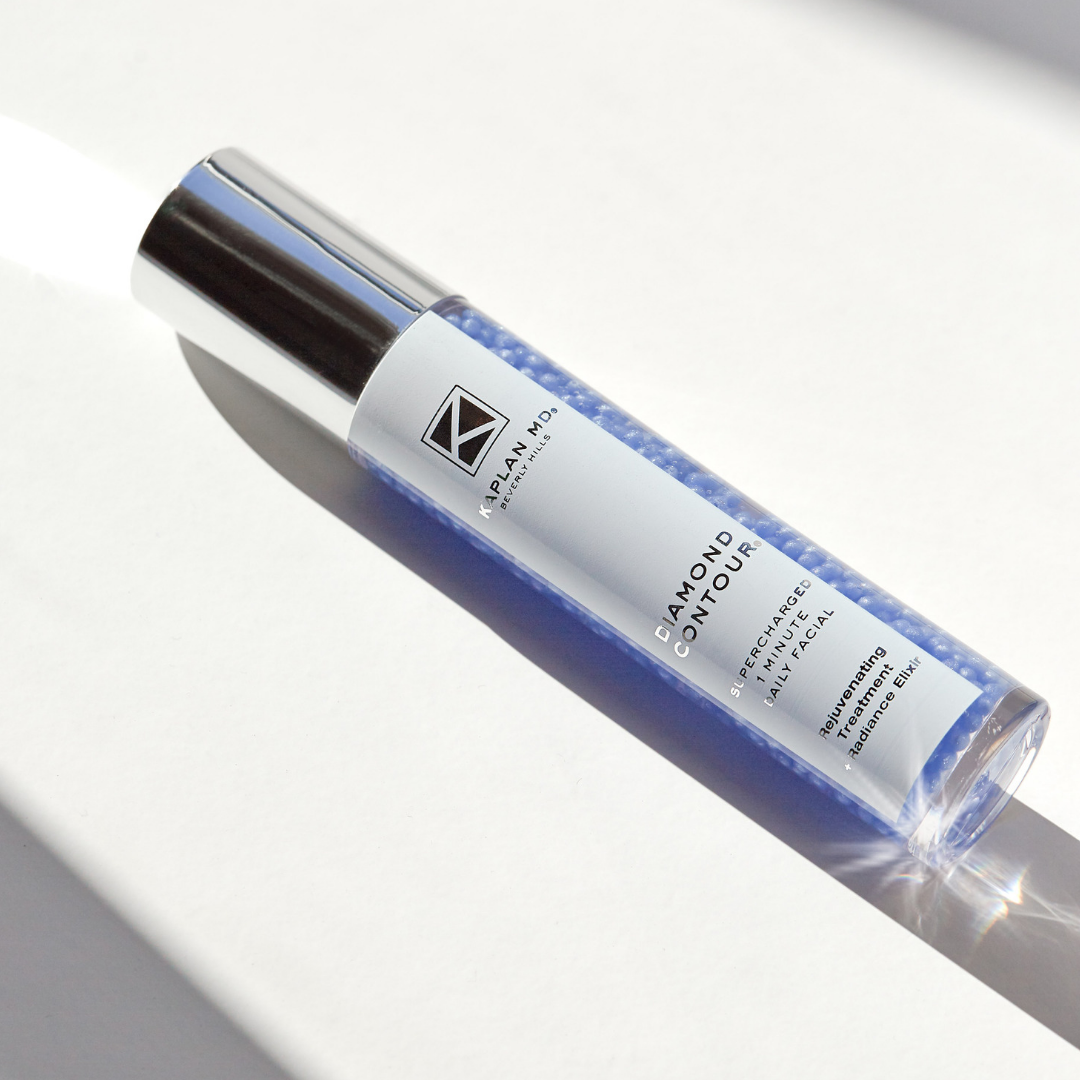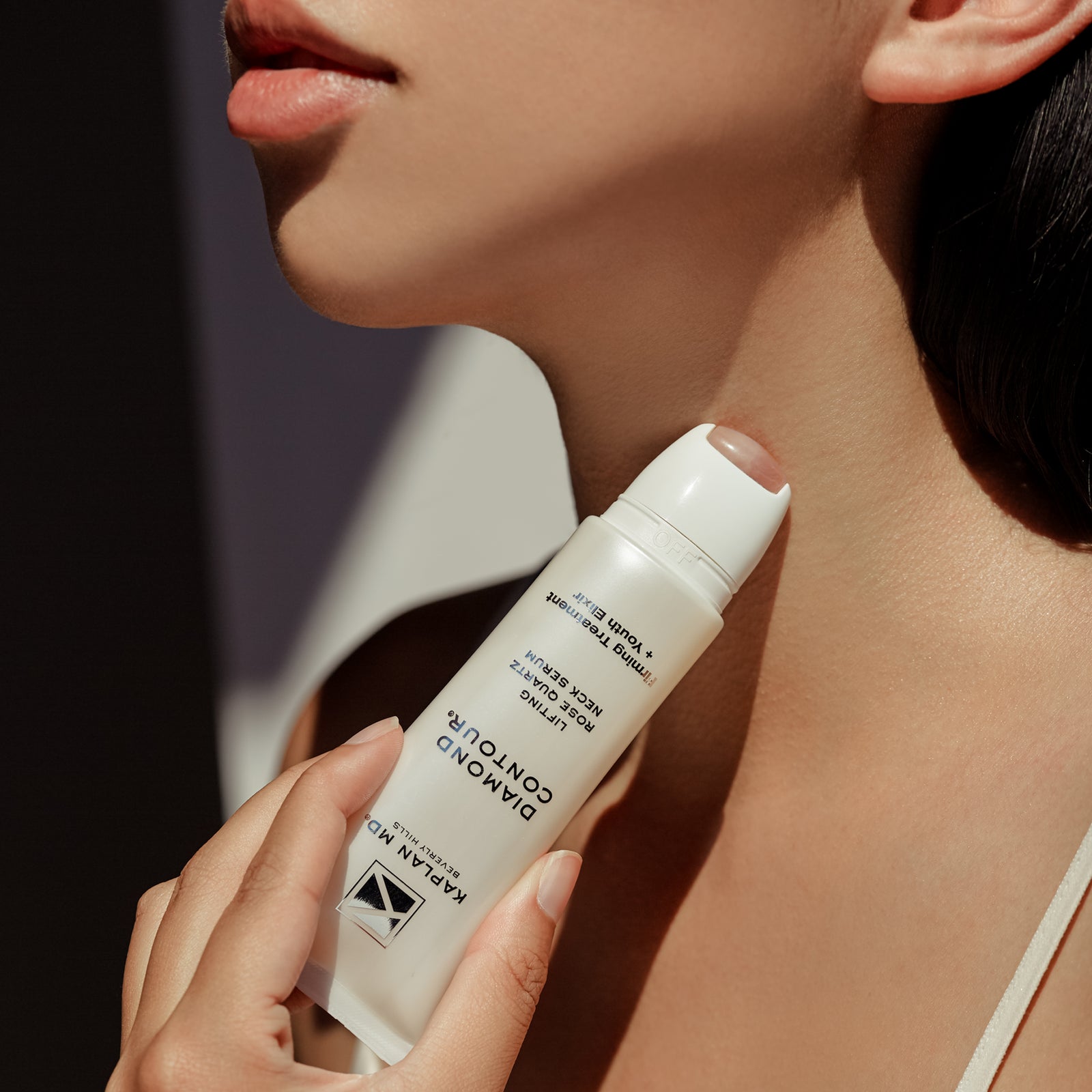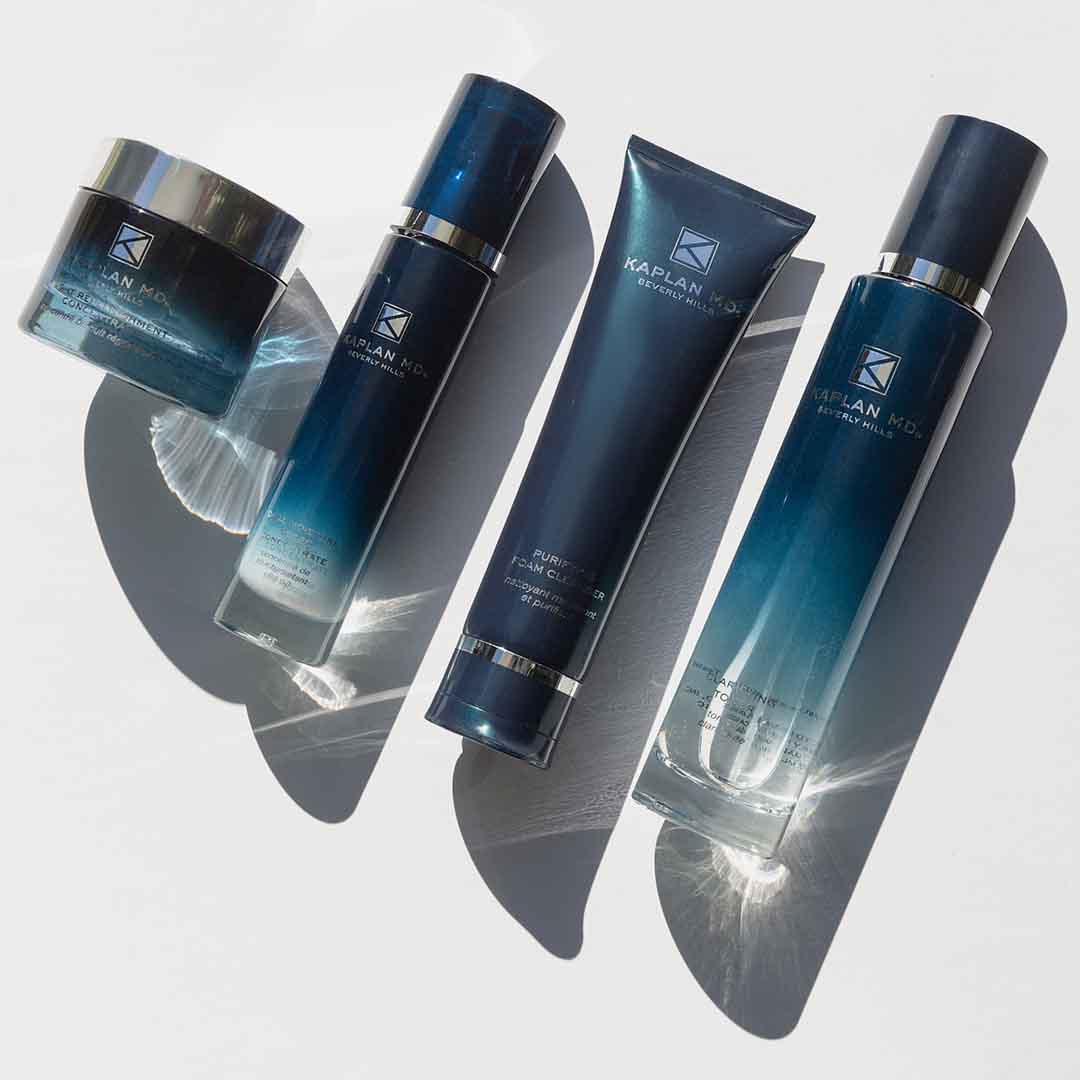Dr. Kaplan – Alopecia Areata
ALOPECIA AREATA
Alopecia areata is an autoimmune disease that causes hair loss in children, women, and men. It usually begins with a few bald spots (areas) on the scalp. It is possible to lose hair anywhere on your body, though. Some people have noticeable hair loss on their eyebrow or eyelashes. Men also have noticeable loss of facial hair that causes patches of bare skin in the beard area.
WHY DO PEOPLE LOSE THEIR HAIR?
This disease cause the person’t immune system to mistakenly attack the body’s hair follicles, as it would germs. This causes the hair in those follicles to fall out and stop growing.
DOES THE HAIR GROW BACK?
This varies from person to person. It is likely that your hair will regrow, but it also may fall out again. This cycle of hair loss and regrowth is unpredictable. Some people develop a few bad patches. After their hair regrows, they never have more hair loss. Others may lose most of their hair.No matter how much hair a person loses, hair regrowth is usually possible. When the hair regrows, it may brow in white or blond and finer than before. This is usually temporary. With time, the person’ natural hair color and texture often returns.
ARE THERE OTHER SIGNS AND SYMPTOMS?
Aside from hair loss, people with alopecia areata also may notice:
- Nail changes. Dents, white spots, roughness, thinning or splitting.
- Itching or other minor discomfort on skin where hair loss will soon begin or has already occurred.
- Sinus or eye irritation if eyebrows or eyelashes are lost.
IS ALOPECIA AREATA A SIGN OF SOMETHING SERIOUS?
Most people who develop this autoimmune skin diseases are otherwise healthy and do not develop other autoimmune diseases.Having one autoimmune disease, though we may increase the first risk of developing other, another one, such as thyroid disease or vitiligo, a condition in which patients lose pigmentation on the skin. People who have alopecia areata also may have a higher risk of developing an allergic condition such as eczema, asthma, or nasal allergies.
WHO GETS ALOPECIA AREATA?
It is estimated that more than 6.5 million people in the U.S. have AA. This disease usually begins in children and young adults, but it can start at any age. People of all races and both sexes get AA. About one-fifth of the people who get AA have a blood relative who has AA.
HOW IS IT DIAGNOSED?
A dermatologist can often diagnose this disease by looking at the areas with hair loss. Sometimes, they will need to remove a few hairs or perform a biopsy of the bald area by removing some skin and examine it under a microscope.If the dermatologist suspects you might have another autoimmune disease, additional testing may be necessary.
For people with AA, three diagnoses are possible:
- Alopecia Areata – Patches of hair loss anywhere on the skin
- Alopecia Totalis – Loss of all hair on the scalp
- Alopecia Universalis – Loss of all hair on the body (very rare)
When your dermatologist talks to you about hair loss, he or she may call the hair that is lost “terminal hair.” Terminal hair has pigment and is able to grow to any length. Though you may be experiencing hair loss, you may still see hair on your body, which may be called “vellus hair.” This type of hair is like slight fuzz, which will not grow to any great length.
WHAT TREATMENTS ARE AVAILABLE?
Many people find that their hair regrows without treatment. Hair regrowth can be slow, though. Some people do not see the hair regrowth they expect.Dermatologists can treat patients affected by AA. If a patient has patches of hair loss on the scalp or elsewhere, the treatment plan may include one or more of the following:
CORTICOSTEROIDS
This calms the immune system, which can prevent it from attacking the hair follicles. When treating AA, a dermatologist will either prescribe a topical steroid to apply to the skin or will inject corticosteroid into the bald area.
If you are prescribed topical steroids, it needs to be applied daily to the area of hair loss. Hair regrowth may begin after three to four months of treatment. If you receive injections of corticosteroids, you will need several shots every 3-6 weeks. When effective, patients usually see signs of hair regrowth about four weeks after receiving the first injection.
A dermatologist may prescribe an oral corticosteroid pill if a patient has extensive hair loss. Not every patient receives this treatment. The risks and benefits should be considered carefully before starting oral corticosteroids particularly in children.
MINOXIDIL
People use this popular treatment to regrow hair. Your dermatologist may prescribe topical minoxidil as an agent that can help hair growth in many hair loss conditions, including AA. Topical monoxidil comes in various strengths with the 5% form most effective for AA. Minoxidil must be applied twice a day to affected areas. When effective, you will see signs of hair growth in about 12 weeks.
ANTHRALIN
This tar-like substance calms the immune system. Patients apply anthralin daily to areas where they want to see hair regrowth. It is left on the skin for 15-20 minutes. Patients can add more time if the treatment does not irritate the skin. When effective, a patient usually sees some hair growth in the treated areas in 3-4 months.
When a patient has extensive hair loss, a treatment plan may include:
TOPICAL IMMUNOTERAPY
These are chemicals, such as squaric acid dibutyl ester or diphencyprone, which when applied to the skin cause what looks like an allergic reaction. The skin will appear red, may swell and can itch. This reaction causes the body to trigger the hair follicles awake, oftentimes resulting in hair regrowth. If hair regrowth occurs, it can take three months. As with other topical treatments for AA, patients need to continue applying the medicine until the disease stops causing hair loss.
ORAL TREATMENT
This could include methotrexate, cyclosporine, or other immunomodulators. These medications have serious side effects that you should discuss with your dermatologist.
ALTERNATIVES TO MEDICINE
Some people want to avoid medicine. Others have trouble coping with the hair loss while treatment is ongoing or if the treatment fails. For these people, there are options:WIG, HAT, OR SCARF
Covering your head does not interfere with hair regrowth. This option may help some people feel more comfortable in public, at work, or at school.
SUPPORT GROUPS
Coping with hair loss can be difficult. Joining a support group can help restore self-esteem. Many people feel inspired when they connect with others.
All content solely developed by the American Academy of Dermatology.








